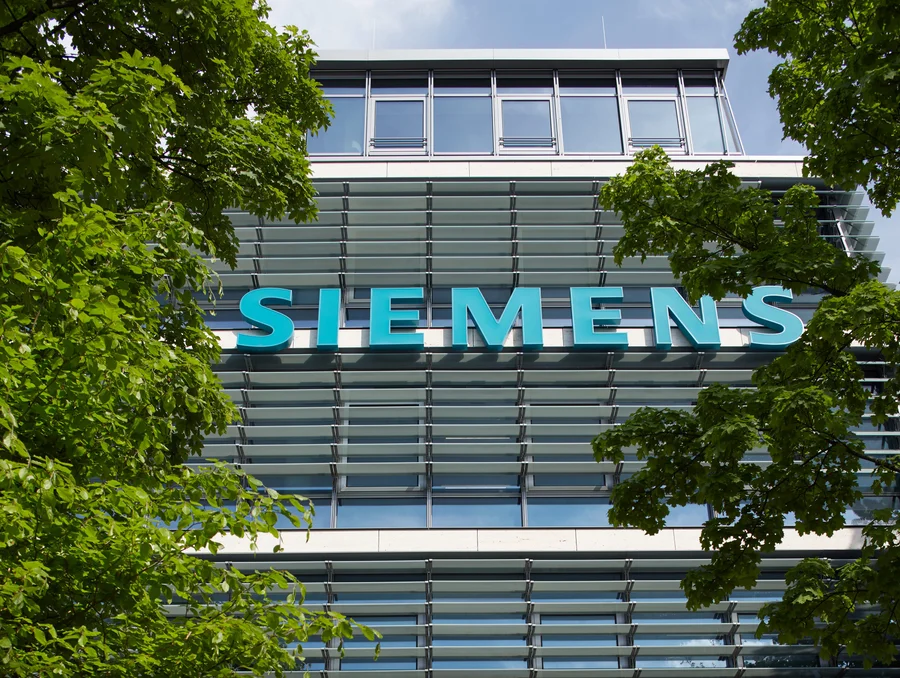Research from Siemens and S&P Global shows 30% of firms now spending over $10m on digital twin technology, with manufacturing leading adoption.
The industrial metaverse – a network of virtual replicas that mirror physical factories, supply chains and product development processes – has moved beyond experimental phases into practical implementation, according to new research that tracks global adoption of the technology.
Unlike consumer-focused virtual worlds, the industrial metaverse uses digital twins – detailed virtual models of physical objects and processes – in combination with real-time sensor data and AI to optimise manufacturing processes, predict maintenance needs and simulate new product designs before physical production begins.
“The fundamental technologies that enable the industrial metaverse are being rapidly developed worldwide.” – Peter Koerte, Chief Technology Officer and Chief Strategy Officer, Siemens AG.
These systems can reduce costs by identifying inefficiencies in production lines, preventing equipment failures and reducing waste in product development cycles. For example, a manufacturer can test different factory floor configurations virtually before making physical changes, or simulate how a new product will perform under various conditions without building physical prototypes.
Now, a study of 907 businesses across seven countries reveals that investment in these industrial virtual worlds has increased markedly in 2024, with 62% of global firms increasing their spending on the technology.
The research, conducted by S&P Global Market Intelligence 451 Research and Siemens, the German industrial automation and software company, demonstrates that 81% of firms are either implementing, testing or planning to deploy industrial metaverse technologies.
Manufacturing sector leads industrial metaverse adoption
In the manufacturing sector, 38% of industrial products companies are using the technology, which combines digital twins, AI and IoT sensors to simulate and optimise production processes.
The food and beverage sector shows 26% adoption, matching the electronics industry, according to the study which covered firms in Australia, Canada, China, Germany, India, the UK and the US.
“The fundamental technologies that enable the industrial metaverse are being rapidly developed worldwide,” says Peter Koerte, Chief Technology Officer and Chief Strategy Officer at Siemens AG. “Many companies are not only experimenting with these technologies but are already employing and scaling concrete use cases that demonstrate the added value of the industrial metaverse.”
Investment patterns shift
The research indicates a shift in spending patterns, with 30% of companies now investing more than US$10 million annually in industrial metaverse technologies – double the proportion from the previous year.
Medium-sized businesses show particular momentum, with 68% increasing their investment year-over-year. However, companies with fewer than 1,000 employees face resource constraints despite 58% increasing their technology spending.
KEY FACTS
- 81% of businesses using, testing or planning metaverse solutions
- 62% increased spending in 2024
- 30% now invest over US$10m annually, double from previous year
Brian Partridge, Head of Research at S&P Global Market Intelligence 451 Research, says: “The industrial metaverse is proving to be more than just a promising concept – it’s emerging as a core driver of the digital transformation. Companies of all sizes are committing substantial resources and advancing from testing to implementing integrated solutions that can master complex challenges on a large scale.”
Regional variations emerge
North American firms lead in adoption depth, with 23% classified as technology leaders, followed by Europe at 19% and Asia-Pacific at 15%.
The US shows the highest active usage at 38.4% of companies, with an additional 35.1% in testing phases. China follows with 37.9% implementation and 39.9% testing, while Germany reports 34% usage and 31.9% testing rates.
Other markets including Canada, Australia, the UK and India show implementation rates between 21% and 27%, with testing rates ranging from 29% to 36%.
“The transformation taking place in industry has a clear strategic goal: tapping and leveraging smarter and more efficient solutions across industries,” says Peter.
Technology partnerships drive adoption
The rise in industrial metaverse investment follows significant technological partnerships. In 2022, Siemens announced an expansion of its partnership with Nvidia, the graphics and AI computing firm, to integrate their industrial platforms.
The collaboration connects Siemens Xcelerator, an open digital business platform, with Nvidia’s Omniverse, a system for 3D design and collaboration, enabling companies to create physics-based digital models powered by real-time AI, allowing manufacturers to simulate and test production processes before physical implementation.
Roland Busch, President and Chief Executive Officer of Siemens AG, said: “Photorealistic, physics-based digital twins embedded in the industrial metaverse offer enormous potential to transform our economies and industries by providing a virtual world where people can interact and collaborate to solve real-world problems.”



